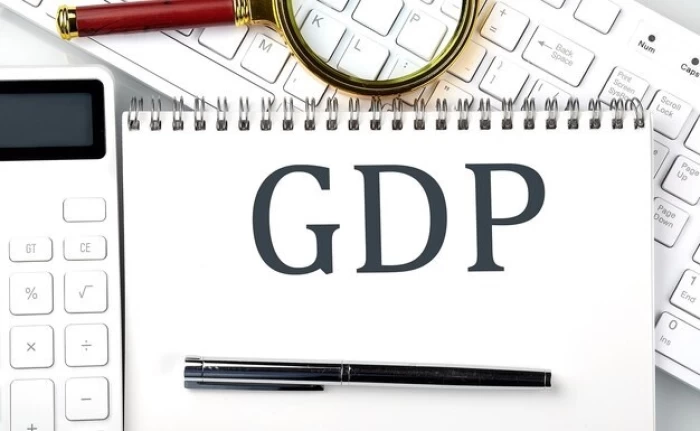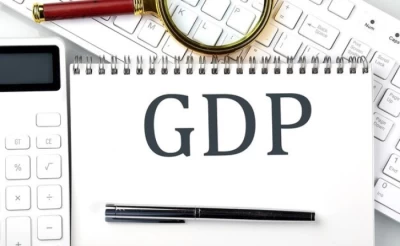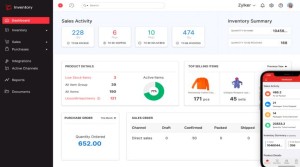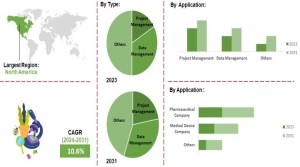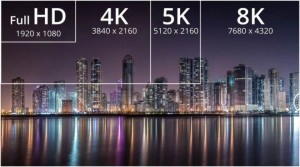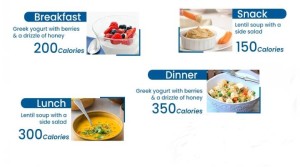Mastering the Art of Wealth Creation Through GDP Estimator
Effortlessly calculate Gross Domestic Product (GDP) with our online calculator. Analyze economic performance, project growth, and assess national income trends quickly and accurately.
What is GDP?
Gross Domestic Product, abbreviated as GDP, is a term that stands for the overall monetary value or market worth of completed goods and services generated within a country over a specific period, usually a year or a quarter. Essentially, it serves as a gauge of domestic production and provides insight into a nation's economic well-being. The online GDP calculator enables you to compute GDP effortlessly with just a simple click.
-
Nominal GDP
Nominal GDP is like looking at how much money a country makes by selling stuff and services. It's the total value of everything produced, but it doesn't account for changes in prices over time. If prices go up, nominal GDP might go up because of that, not necessarily because more stuff is being made.
-
Real GDP
Real GDP is a bit smarter. It takes into account changes in prices, so it gives you a more realistic picture of whether a country is really making more stuff or if it's just because things cost more. Real GDP adjusts for inflation or deflation, which is like the ups and downs in the prices of items.
How to Calculate GDP?
Expenditure Method
The expenditure method is one of the approaches used to calculate Gross Domestic Product (GDP), providing a comprehensive perspective on a country's economic activity. This method sums up the total spending within an economy by considering consumption, investment, government expenditures, and net exports.
GDP = C + I + G + (X – M)
- Consumption (C)
This is what families and companies buy for themselves, like food, appliances, a drink, or a visit to the doctor.
- Investment (I)
This is when companies buy things like machines or computers to make more stuff.
- Public Expenditure (G)
The government spending on things like salaries for officials, building schools, or organizing events. But we don't count pensions or unemployment insurance because those don't involve exchanging services.
- Exports (X)
This is good for the GDP. The more a country sells to other countries, the more money it makes.
- Imports (M)
This is when a country buys things from other countries. It could be better for GDP because it takes away from the money the government makes. For example, if someone buys a phone from China, it counts as spending (consumption) but is subtracted as an import.
If a country's exports are 15 million and imports are 10 million, then what actually counts in the GDP is 5 million, which is the net exports.
Through Income
Using income to calculate GDP means adding up all the money made in a country. This includes what people get paid and where that money goes. It's like putting together the value of everything made in the country, considering both the effort of workers and the capital invested. To break it down further, everything produced in the country comes from the work of people and the money invested in it. So, the total value is the sum of what employees are paid, the profits earned by businesses (like benefits, interest, rents), and some additional things. These extras include gross mixed income, which is what self-employed people earn.
GDP = what employees are paid + business profits + (taxes - subsidies)
Production Method
It can be figured out as the Gross Value Added (GVA) by adding up the contributions from all the productive units in a region. To get this, we subtract the cost of Intermediate Consumption (IC) from the Gross Value of Production (VBP) for each productive unit.
GVA = GVP - IC
What is GDP?
Gross Domestic Product, abbreviated as GDP, is a term that stands for the overall monetary value or market worth of completed goods and services generated within a country over a specific period, usually a year or a quarter. Essentially, it serves as a gauge of domestic production and provides insight into a nation's economic well-being. The online GDP calculator enables you to compute GDP effortlessly with just a simple click.
-
Nominal GDP
Nominal GDP is like looking at how much money a country makes by selling stuff and services. It's the total value of everything produced, but it doesn't account for changes in prices over time. If prices go up, nominal GDP might go up because of that, not necessarily because more stuff is being made.
-
Real GDP
Real GDP is a bit smarter. It takes into account changes in prices, so it gives you a more realistic picture of whether a country is really making more stuff or if it's just because things cost more. Real GDP adjusts for inflation or deflation, which is like the ups and downs in the prices of items.
How to Calculate GDP?
Expenditure Method
The expenditure method is one of the approaches used to calculate Gross Domestic Product (GDP), providing a comprehensive perspective on a country's economic activity. This method sums up the total spending within an economy by considering consumption, investment, government expenditures, and net exports.
GDP = C + I + G + (X – M)
- Consumption (C)
This is what families and companies buy for themselves, like food, appliances, a drink, or a visit to the doctor.
- Investment (I)
This is when companies buy things like machines or computers to make more stuff.
- Public Expenditure (G)
The government spending on things like salaries for officials, building schools, or organizing events. But we don't count pensions or unemployment insurance because those don't involve exchanging services.
- Exports (X)
This is good for the GDP. The more a country sells to other countries, the more money it makes.
- Imports (M)
This is when a country buys things from other countries. It could be better for GDP because it takes away from the money the government makes. For example, if someone buys a phone from China, it counts as spending (consumption) but is subtracted as an import.
If a country's exports are 15 million and imports are 10 million, then what actually counts in the GDP is 5 million, which is the net exports.
Through Income
Using income to calculate GDP means adding up all the money made in a country. This includes what people get paid and where that money goes. It's like putting together the value of everything made in the country, considering both the effort of workers and the capital invested. To break it down further, everything produced in the country comes from the work of people and the money invested in it. So, the total value is the sum of what employees are paid, the profits earned by businesses (like benefits, interest, rents), and some additional things. These extras include gross mixed income, which is what self-employed people earn.
GDP = what employees are paid + business profits + (taxes - subsidies)
Production Method
It can be figured out as the Gross Value Added (GVA) by adding up the contributions from all the productive units in a region. To get this, we subtract the cost of Intermediate Consumption (IC) from the Gross Value of Production (VBP) for each productive unit.
GVA = GVP - IC
Conversation
Latest Blogs
© Blog CoolCalculator, Explore CoolCalculator, your destination for the latest insights, tips, and updates on the world of online calculators. Stay informed and make your calculations smarter with our blog. ,
Designed
by Saad Media Team , Team Lead M.Rizwan Akhtar

